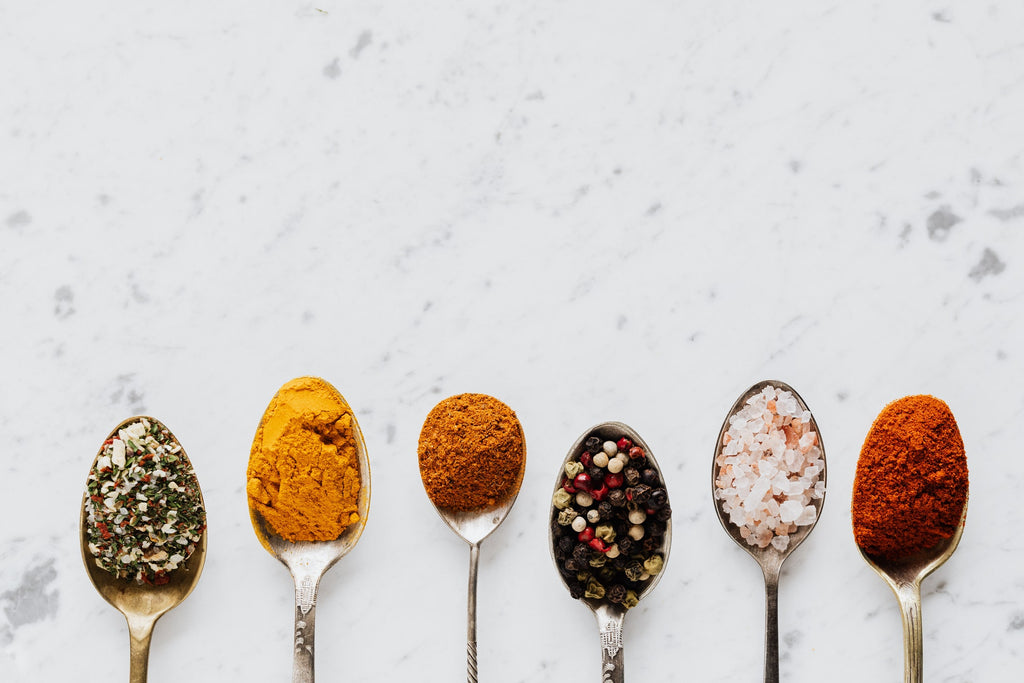These powerful food pairings can help you get the most out of your food
We all know that what you eat matters, so when you’re not circadian fasting or on an intermittent fasting program, it’s crucial to focus on food pairings to get the maximum benefits from ingredients. Deliberately eating two specific ingredients at the same time can greatly increase your body’s absorption of their vitamins, minerals and antioxidants. Here is a list of four food pairings that promise to give your meals an extra boost of nutrients.
1. Black pepper and turmeric
Good for
inflammation, arthritis and immune support.Known for its antioxidant and anti-inflammatory properties, turmeric has been used in the East for its medicinal benefits for centuries. To reap the most out of turmeric, research shows that pairing it with black pepper will increase the absorption rate of curcumin (the naturally occurring chemical compound responsible for turmeric’s benefits) by up to 2,000%. It’s such a magical combination that sages of Ayurveda have used it for thousands of years.
2. Lentils and lemon
Helps with
increased energy, immune support and regulation of body temperature.
Iron is a vital mineral that our bodies need. Unfortunately many people don’t get enough of the recommended daily amount (14.8mg for women in their 20s to 50s and 8.7mg for men over 18 years). Lentils are a great option if you're looking for a iron-rich vegetarian source. Our bodies best absorb non-heme iron, or plant-based iron, with a little boost from vitamin C. The vitamin C helps break the iron down into a form that the body can more easily absorb. Having it in a single meal is optimal, according to research published in the American Journal of Clinical Nutrition.
3. Quinoa and corn
Benefits
builds and repairs muscles, organs and cells.Did you know that few protein sources, such as meat and soy contain the complete amount of amino acids that your body needs? But if you want to get all of the essential amino acids into your diet without eating meat or soy, you can combine different types of complementary amino acids such as nuts, vegetables, legumes and grains, to form a complete protein source. Examples of complementary amino acid combos include hummus and whole-wheat crackers, rice and beans, quinoa and corn and whole-wheat bread and peanut butter.
4. Olive oil and vegetables
Protects against
heart diseases and certain cancers IMAGE COURTESY: https://www.pexels.com/@patricia-paixao-2515583
IMAGE COURTESY: https://www.pexels.com/@patricia-paixao-2515583
Eating a salad every day is a great start to a healthier you, but making sure your body is absorbing the nutrients from the vegetables is key to ensure you get the most out of a meal. Studies have shown that pairing a fat, like olive oil, with your vegetables increases the absorption rate of antioxidants like lycopene (found in tomatoes) and beta-carotene (found in carrots in vegetables).
FEATURED IMAGE COURTESY: https://www.pexels.com/@karolina-grabowska


